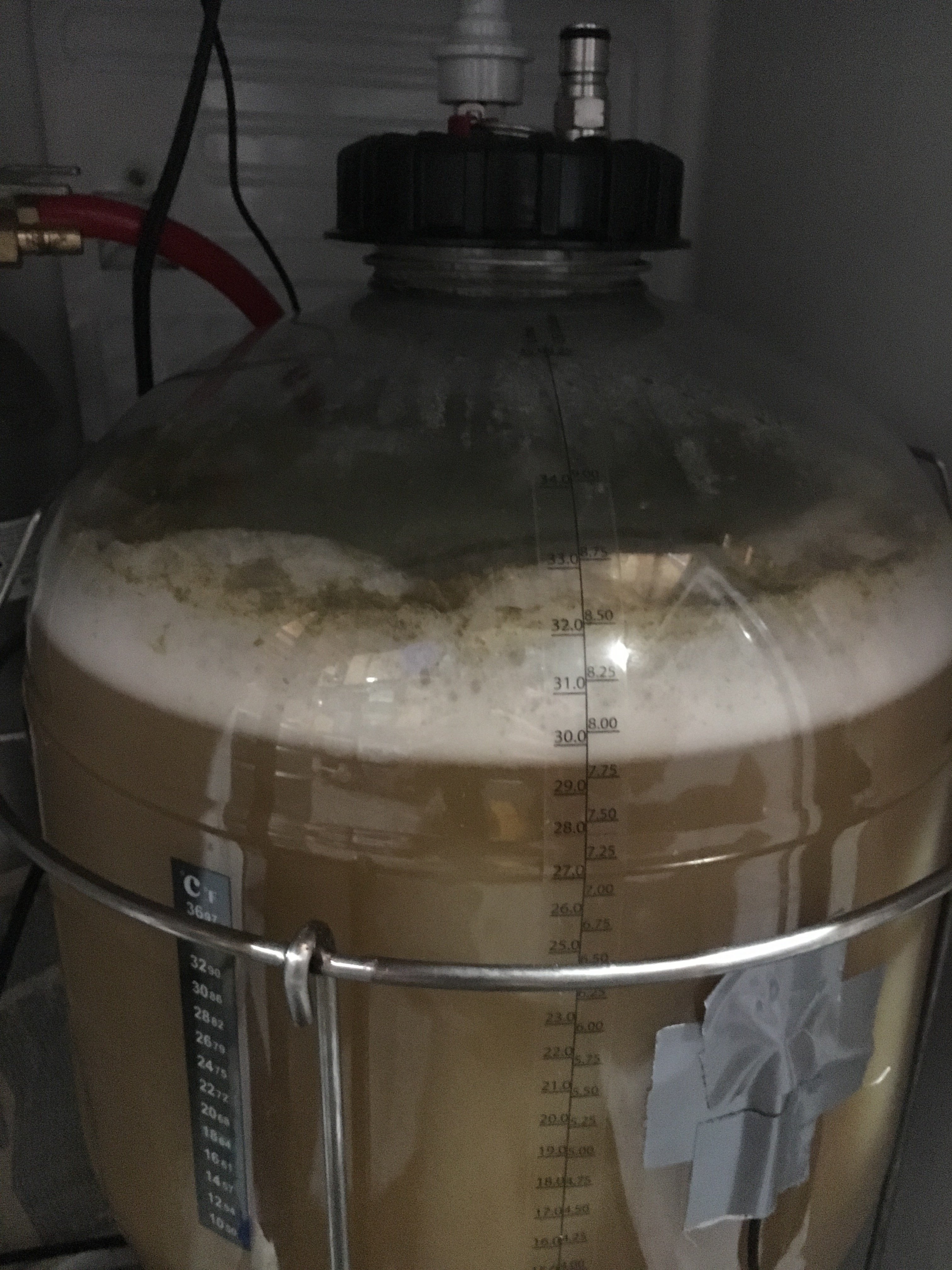Stand
Well-Known Member
Just for my own edification, you aren’t suggesting that Belgian yeasts be driven through the same process, correct?
Seems reasonable to me that English yeasts would handle the temp swings, while Belgian yeasts would just go to sleep and quit.
This is my thinking as well. High attenuation is such a vital part of the Belgian beers I make, and, although Westmalle strain that I mostly use isn't the Dupont strain, the last thing I want is an under-attenuated beer.




